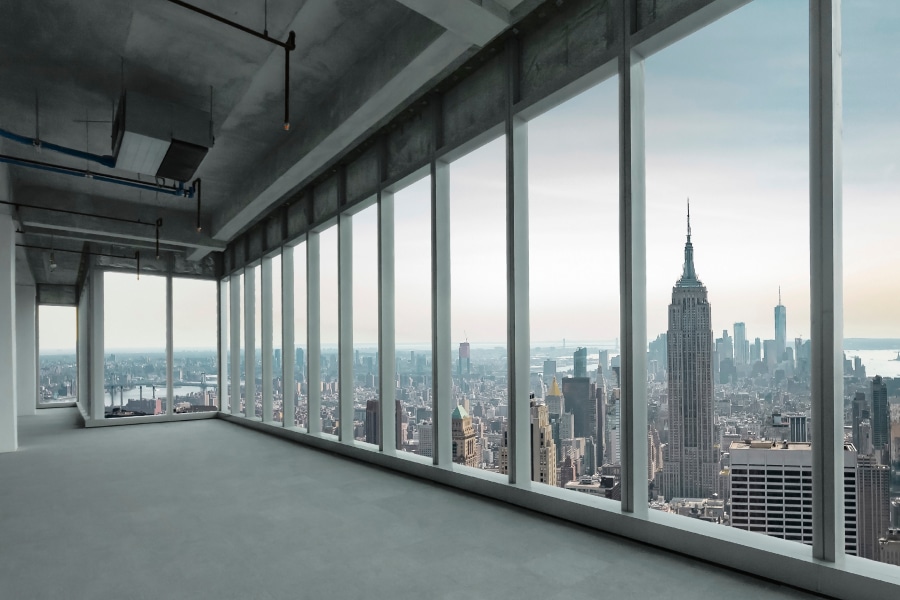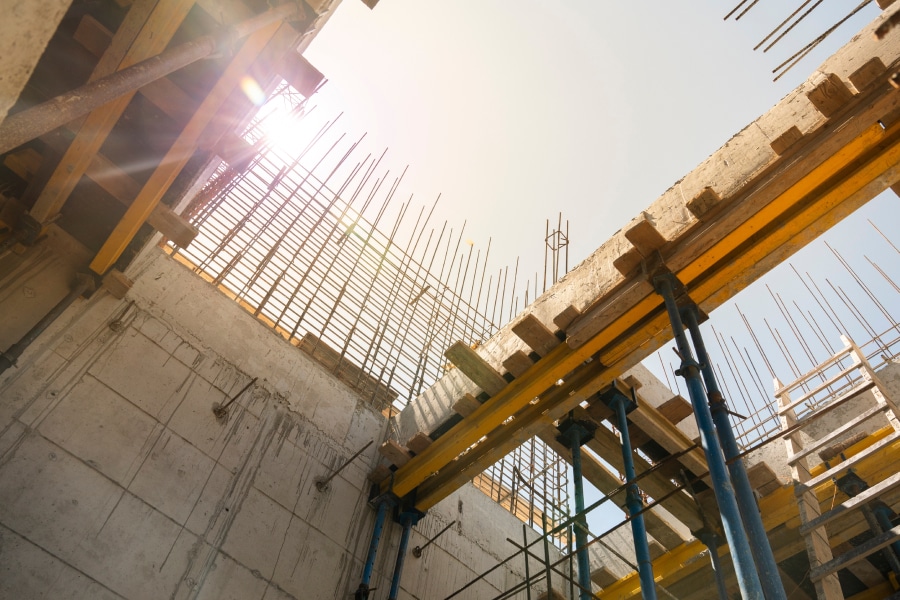The construction industry made a comeback in 2022, with postponed projects underway and worker salaries increasing. But wage growth isn’t spread equally across trades or regions. And despite the additional money, job openings reached an all-time high of 440,000 positions in April 2022, according to FRED economic data. The situation looked better in July, when openings declined to 375,000—still high, but trending in the right direction.
That reprieve may be temporary, however. The Bipartisan Infrastructure Law, signed in November 2021, calls for a $550 billion investment over the next decade. If the corresponding addition of 3.2 million jobs needed as part of the federal investment is correct, the construction industry will need some 300,000 to 600,000 new workers every year. They’ll be in demand to modernize the country’s roads and rails, bridges and energy production.
Without enough workers, however, projects don’t start or finish on time, lead times for subcontractors are longer than ever and even material deliveries don’t show up when they should—or aren’t correct.
Construction companies not only need to understand what’s driving the labor shortage, but they also need a strategy to tackle it.
Driving factors
Several factors underlie the construction labor shortage—and not all have easy solutions.
The aging workforce: Baby boomers, those born between 1946 and 1964, are retiring en masse. In March 2022, for example, construction industry quits hit 248,000, a 20-year high, according to a report by Fixr. Especially daunting is the increasing lack of capable workers in skilled trades.
Add to that the 8% drop in construction workers aged 25-54 since the Great Recession in 2008-09 ended, as reported by the Associated Builders and Contractors (ABC). With 20% of workers over age 55, and 61 the average retirement age, one in five workers may leave the industry in the next six years.
“There’s a whole generation of experienced laborers who are now retiring at a faster rate than new workers are joining the industry,” said Adam Graham, an industry analyst at Fixr.
An unskilled workforce: New hires often don’t have the skills most in demand. More than 40% of construction workforce growth in the past decade has come from low-skilled construction laborers, according to ABC.
That leaves the industry in need of 650,000 workers with specialized skills—and every other industry is competing for them as well.
Mediocre pay for poor conditions and uncertain work: Construction projects are unpredictable and often take place in tough and dangerous conditions. It’s also hard to raise pay when clients demand lower prices and the only way to keep profits up is to push labor costs down.
In 2021, the average construction worker made $48,210, according to Fixr, a bit above the average income nationwide. Laborers were at the bottom, while skilled workers—inspectors, elevator/escalator installers and repairers, electricians and plumbers—were well above average. Certain types of construction, such as work on natural gas pipelines and coal mines, also command higher pay.
Construction workers in the upper East Coast and Midwest, the West Coast, as well as Alaska and Hawaii received the highest pay. Workers in the Deep South fared the worst—the average salary, for example, reached only $32,370 in Mississippi. Wages for construction grew nearly 8% in 2021, according to construction and infrastructure expert Barry LePatner, but those for transportation and warehousing shot up 12.6%. That could make construction work less appealing.
Stalled immigration: Many workers from other countries would happily come to the United States for higher wages. But net migration dropped steeply from 2016 to 2021, from 1.06 million individuals to 244,000. The construction industry cannot attract as many international workers for engineering, design and contracting.
Successful strategies
Archaic approaches won’t solve the current labor shortage, experts say. For one thing, it’s not all about money. Research on the “Great Attrition/Great Attraction” from global consulting firm McKinsey makes clear the importance of non-wage components of the employment equation. Today, employees also react to an industry’s image, company culture, learning opportunities and technology.
Upgrade construction’s image: Vocational and trade schools don’t appeal to young people today. The construction industry, in particular, lacks prestige. Companies should develop engagement plans to connect with the community around jobsites. The plan could include visiting schools, playing recreational sports and participating in charitable causes like Habitat for Humanity. Construction firms need to help young people realize that a job with them means a career-building opportunity.
Develop an appealing company culture: Make your workplace welcoming to people of all types. Diversity doesn’t just mean ethnicity, race, gender and age—it also includes disability, nationality and veteran, military, marital and citizenship status. The benefit of multiple perspectives and voices means more people and ideas that help a company innovate. Collaborate on a company vision and values that workers believe in as well. Share recognition from customers and suppliers, and reward employees who are living representations of the company’s best characteristics.
Invest in your workers: It’s critical for companies to show employees they’re valued. Do that by investing in training and workforce development not only to improve performance but also to increase job satisfaction. Training enhances safety and productivity, attracts and retains employees, and gives both the employees and employer an edge.
Adopt technology: Technology can also help minimize the effects of the labor shortage. Construction technology startups are rolling out tools to build structures with fewer trained workers. For example, using factory-made panels, firms can build a home with 10% of the labor force and a much lower cost.
In addition, other technologies, such as building information modeling (BIM) and augmented reality, also appeal to Gen Z, those born between the mid- to late-1990s and early 2010s. Workers of this generation are more likely to want to work for a tech-savvy company, so start with a digital hiring process and extend to technology you use in the office and on site.
Without developing and implementing a strategy now, construction companies may finish out the decade with lower productivity, higher labor costs and continual project delays. To overcome the labor shortage, people must be a strategic priority for your company. “Advances, promotions, higher wages and stronger loyalty shown from bosses to workers could lead to fewer people leaving construction,” Graham said. “Investing in improving the industry’s reputation, creating better working environments and offering attractive conditions will go a long way toward getting the younger generation to sign up.”












